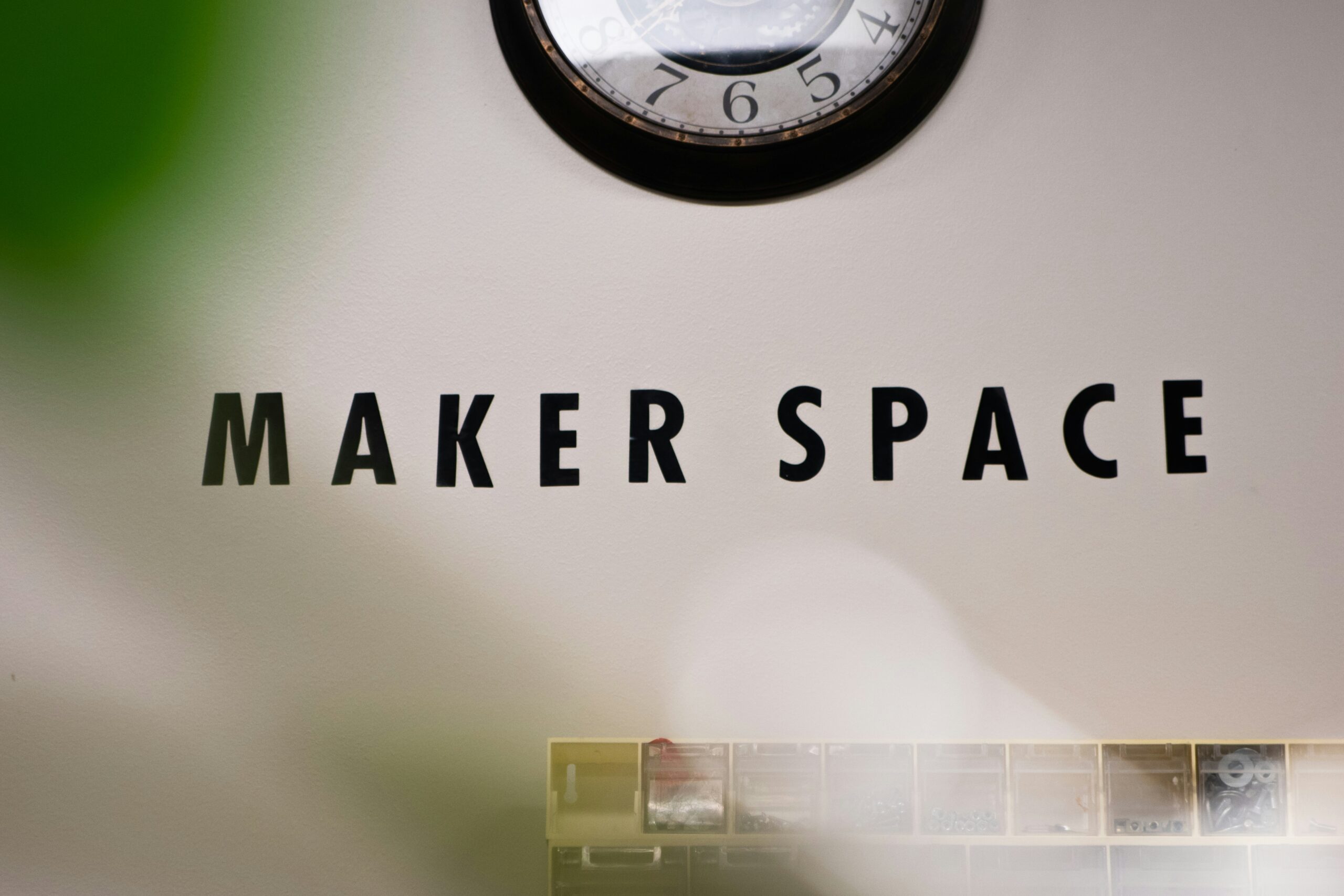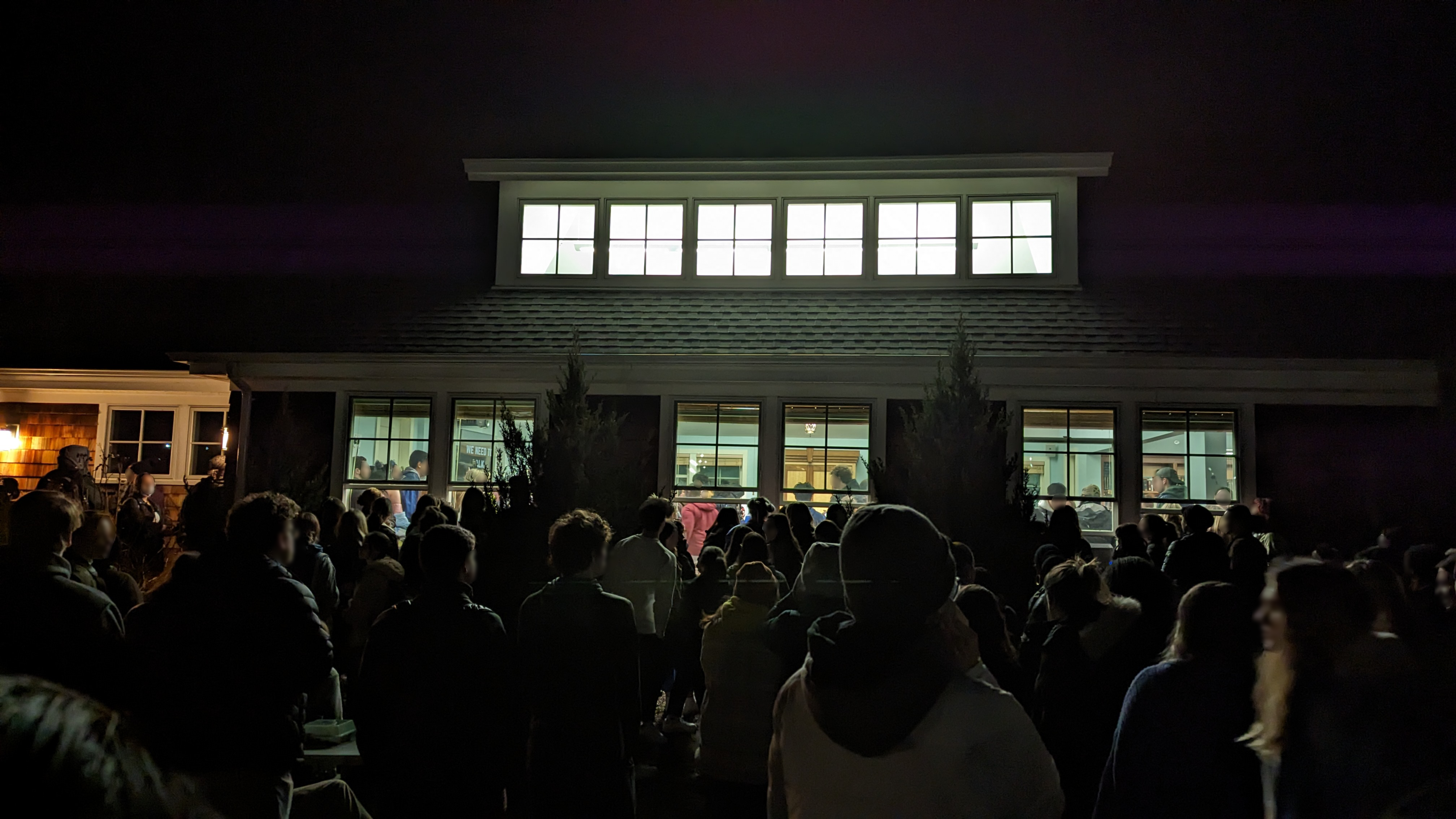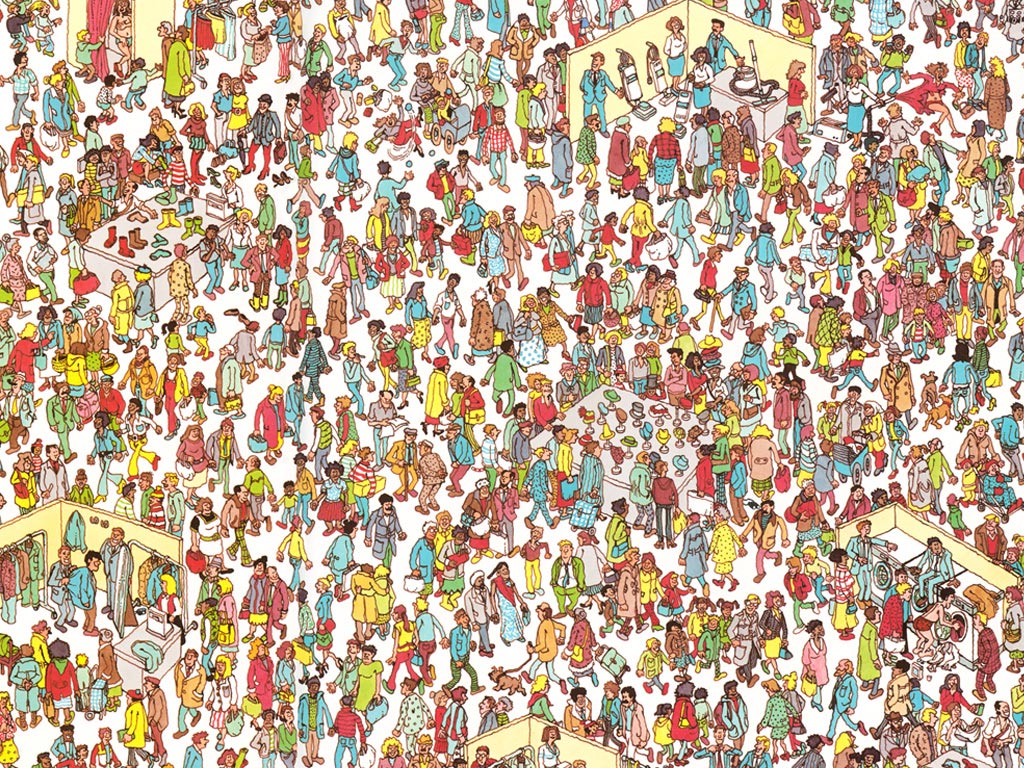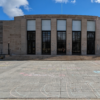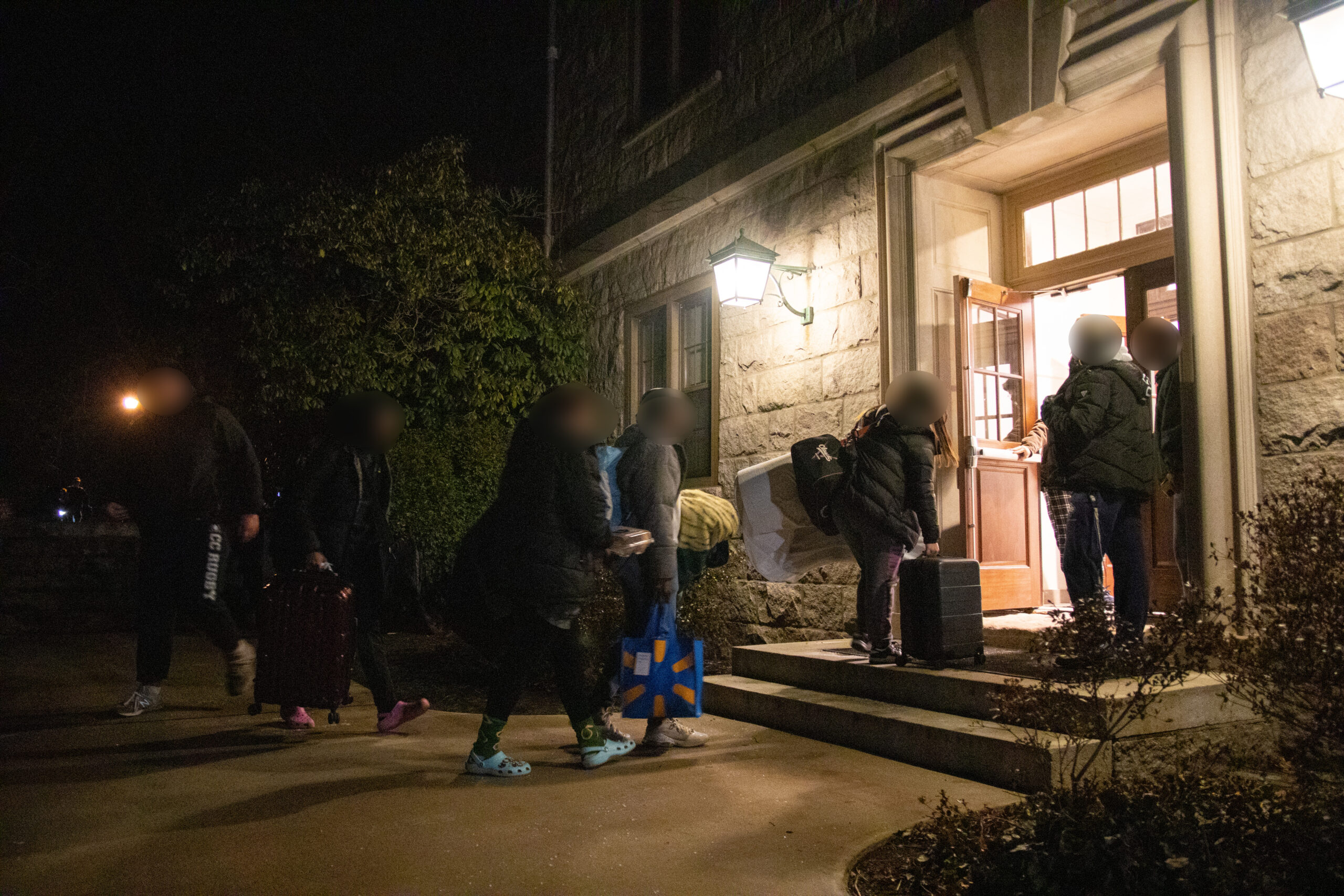Courtesy of Benjamin Thomas
For all that Connecticut College preaches interdisciplinary learning, I will bet that if you are not heavily involved with the arts through a major or extracurricular, you may graduate without ever stepping foot in one of our campus’s arts or music studios. You may long to pick up a paintbrush but never find the time. Perhaps you want to try your hand at the digital arts but curse yourself for not purchasing Canva Premium. It’s tough to find the time and tools to experiment with different creative materials.
Looking at popular media, it may appear that artistic inspiration and creation appear out of the ether. Film and television portray the tortured artist struck by a moment of genius and consequently shuttering themselves in their studio to create art with a capital A. But art should not be so clandestine, reserved for the upper echelon who can afford the best materials and have ample time and space. Art should not solely be conceptualized and crafted behind closed doors.
Despite this frustrating disparity, there is an accessible way to strengthen the ties between creatives and their community: Makerspaces. Makerspaces can be found in libraries, colleges, and community centers and typically provide scrap fabric, sewing machines, 3D printers, tools, and other upcycling materials. They are creative spaces where people who love to tinker, design, and experiment can work on projects independently or together. The best part is that no experience is required. All you have to do is come ready to create!
Unfortunately, Conn does not have a makerspace, though having one would match our school’s ethos quite well. For example, a makerspace perfectly intertwines with the College’s sustainability promises as they are a core component of these spaces. You create something out of pre-existing materials, using the excess items to bring your vision to life. A design center would allow students to actively participate in cultivating a more environmentally friendly campus.
New London Hall, Conn’s dedicated science center, is an emblem of the College’s sustainability. The building is Leadership in Energy and Environmental Design (LEED) Gold Certified. This is one of the highest honors for “high performance green buildings,” according to the College’s website, awarded to just 15% of colleges and universities. Students studying environmental science, biology, chemistry, and computer science call NLH home. While these classes are open to all, those majoring in the social sciences or humanities do not have a dedicated space for experimentation. If anything, a makerspace promoting interdisciplinary and extracurricular learning among students sounds like a tagline Conn would love to add to their website and campus tours (call it The Camel Lab, the parents will love it).
Conn is making strides and spending a pretty penny on AI research initiatives to keep up with other liberal arts institutions. Still, we are one of the only NESCACs without a dedicated design/makerspace. Google any other NESCAC, and some kind of design or innovation center comes up. Williams College’s makerspace helps students to “learn technologies in previously inaccessible siloed spaces.” Bowdoin College’s makerspace allows students to design custom coasters using their laser printer. Bates’ Vizlab offers Virtual Reality design tools and equipment. Middlebury recently opened its makerspace in October 2023, offering a creative space for students and locals. I would not say Conn is behind in offering this space for students since makerspaces are still a relatively recent addition to colleges. However, we are on the outside looking in as our peers innovate and strengthen technological and artistic ties on campus and in their broader communities.
Of course, a makerspace cannot happen overnight. It would require consistent funding, staff to oversee the space…and an actual space on campus. Looking beyond the roadblocks, instead envision the opportunities available because every great initiative starts with an idea (remember when the renovation of Cro sounded like a pipe dream?)
A makerspace would provide more on-campus jobs and creative space for all majors, with the possibility of hosting classes open to the community. Think about the multidimensional perspective a makerspace could bring to classrooms by allowing students to break free from the monotony of endless PowerPoint presentations and lift their designs off the page. Since the lifting of COVID restrictions, many common rooms have reopened. Some of the larger ones could serve as an initial location for a makerspace.
It is important to note that you do not need the most modern tech equipment to have a “proper” makerspace. Many of them feature 3D design software and printers and software, but you certainly do not need to spend a fortune to get a makerspace on its feet. Other key components of the space include arts and crafts materials and sewing machines, which are much more attainable. Most important to remember is that the makerspace will evolve over time as the community breathes life into it.
I envision the makerspace partnering with the Holleran Center for Community Action, the Ammerman Center for Arts and Technology, and the Lyman Allyn Museum. Downtown New London also features a Spark Makerspace. They host weekly classes, ranging from stained glass class to open sew hours, and welcome everyone, regardless of skill level. We must commit to these pillars of our community by building a space that welcomes and supports connection and creativity.
As an institution, if we truly want to lean into the “transformational power of the liberal arts,” it is vital we invest in accessible and innovative hands-on learning opportunities outside of the classroom. A full-scale transformation requires students to play a day-to-day role in this creative journey instead of waiting till graduation for inspiration to strike. A makerspace would present us with the tools to conceptualize our futures. Till then, keep finding small pockets of creativity wherever you may go. Happy making!

